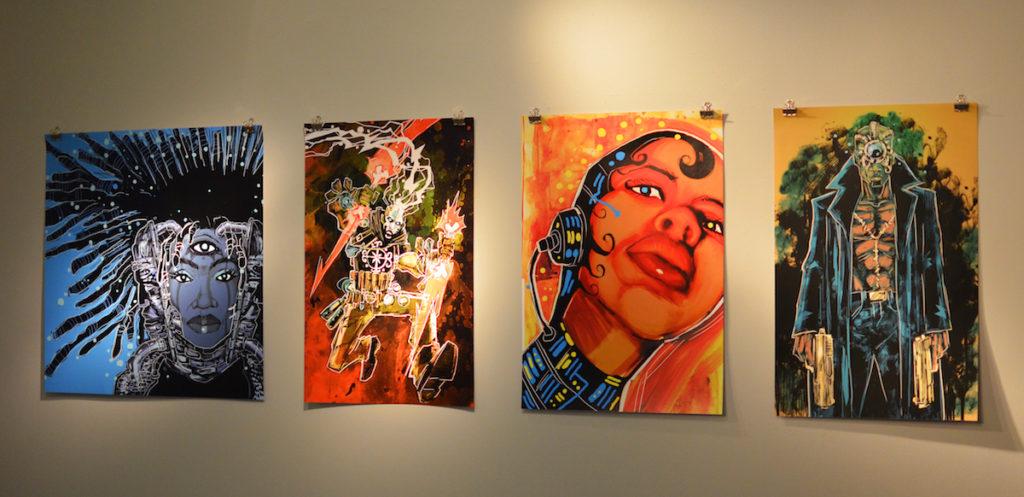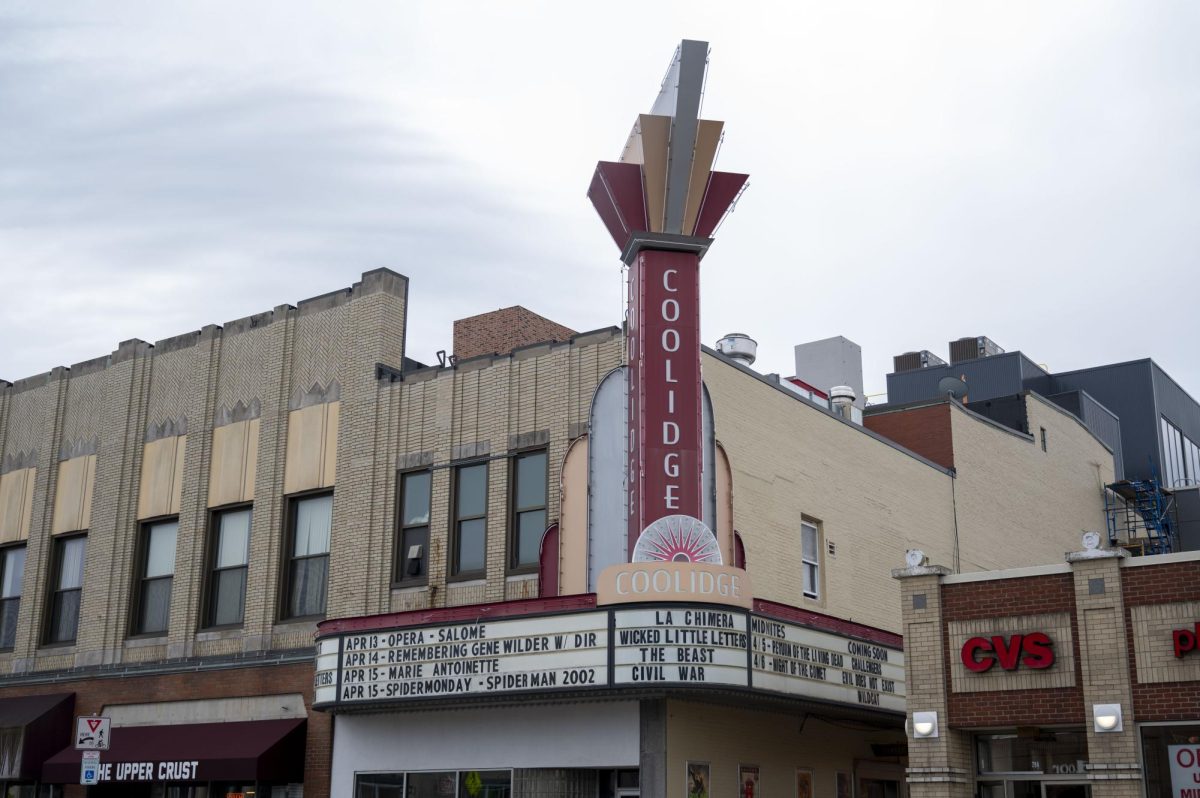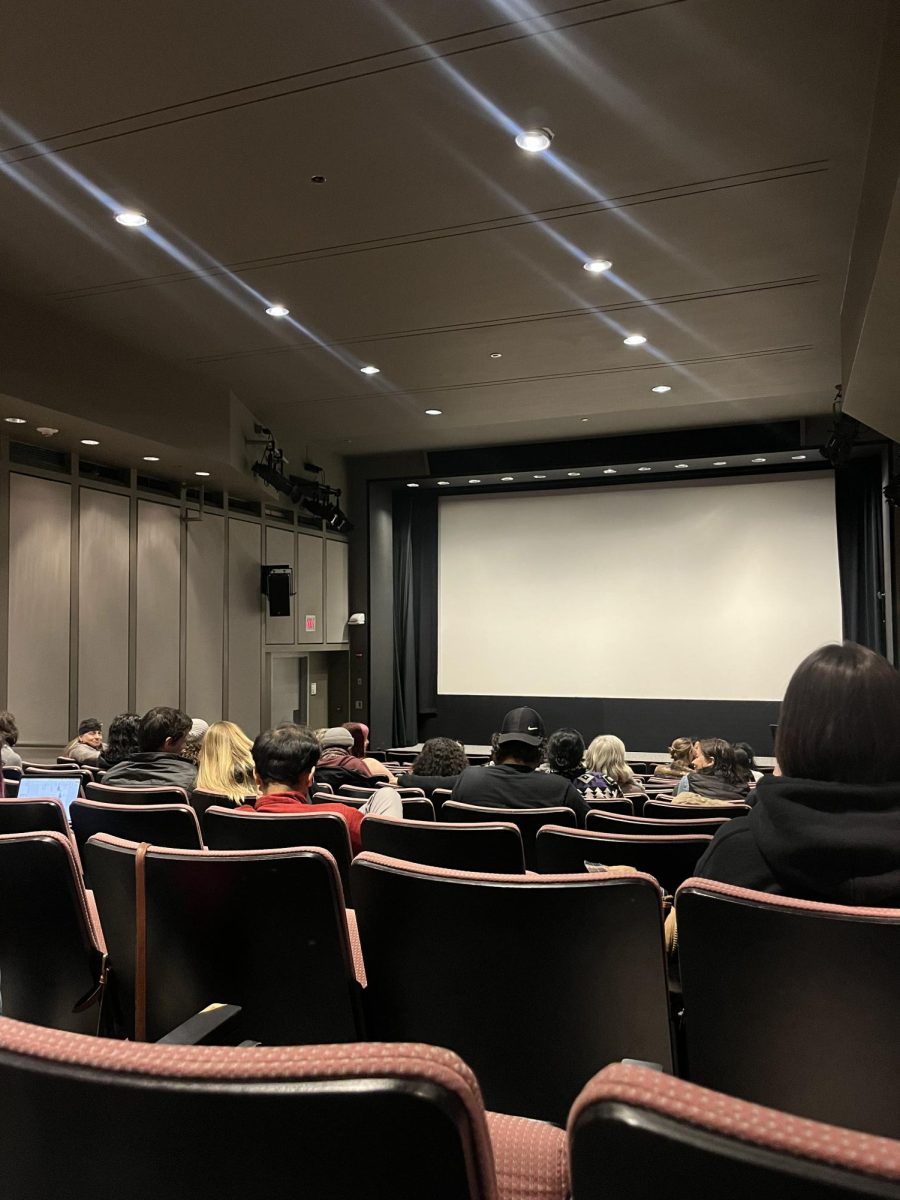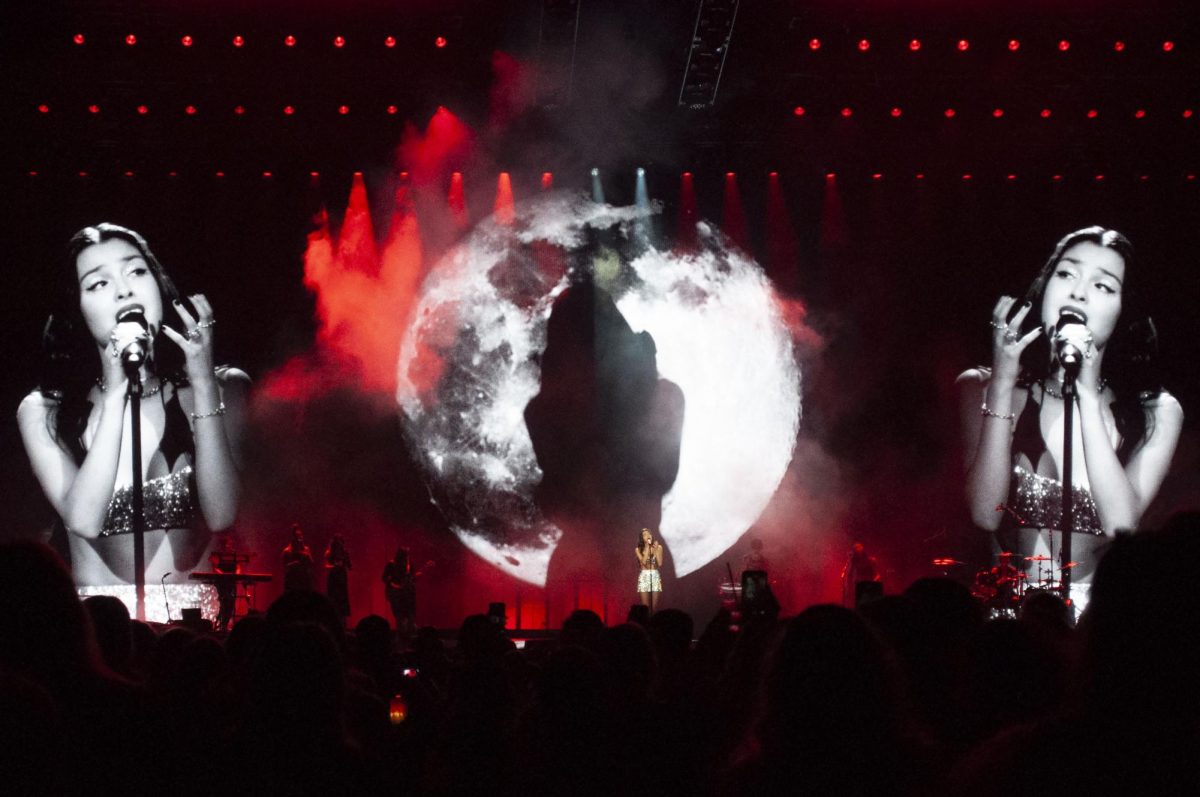By Sahan Weerakoon, deputy inside editor
With heroes like Superman and Batman, comic books have not been the most racially diverse works of art. But with his new exhibition, artist John Jennings hopes to bring a black perspective to a white-dominated universe.
Visible Noize, an art exhibition featuring ethnic comic book illustrations, and curated by Northeastern Curator Bruce Ployer, opened in the Curry Student Center’s Gallery 360 on Jan. 9. It features collaborative work by Jennings, a Mississippi native, and Stacey Robinson, an artist and illustrator from Albany, N.Y.
Many book covers and posters presented at the exhibition are reminiscent of a Marvel comic book – except all the characters are black. This style is part of a genre called Afrofuturism, which reimagines realities, spaces and time from a black perspective. It also explores the cultural tension surrounding future America.
Jennings sees Afrofuturism as allowing blacks to escape the box of identity – something that has been policed throughout history.
“It’s more in line with creating a new world instead of making sense of this one,” Jennings said.
Another recurring theme in Visible Noize is hip-hop, as seen in the excerpts from Jennings’ graphic novel “Kid Code.” He enjoys the idea of sampling within hip-hop, which he achieves through the use of techniques such as collage, bricolage and montage. Jennings calls himself a “see-jay” – he creates new meaning with art.
“[It’s] taking tiny bits from previous technologies and flipping them on their ear,” Jennings said. “It’s a powerful method to hack into your environment.”
Afrofuturism was also a topic of interest in “Why Comix? Drawing the World You Want to See,” an art symposium which took place in the Curry Student Center Ballroom on Jan. 14. The showcase featured Jennings along with several other artists and cartoonists in a panel format.
While each artist embraced the genre of Afrofuturism, their styles and goals were different. Nettrice Gaskins, an expert in African cosmology and STEAM Lab Director at Boston Arts Academy, explores innovation in Afrofuturism through mapping sound and data visualization.
“My work deals with location and minority groups placing themselves in the center, a place they have traditionally not been,” Gaskins said.
Terry Marshall, artist and founder of Boston-based organization Intelligent Mischief, presented his work focused on youth and social justice struggles. Marshall uses his art to materialize these struggles with projects such as physical “race cards” that can be cosigned by a white person verifying that the black person in question is safe to be around.
In his talk, Marshall also emphasized the importance of the past for black movements, especially Afrofuturism.
“The black experience in America is a haunted space where we deal with revenants of our past,” Marshall said. “[For Afrofuturism] we must go back in our past to go forward.”
While Afrofuturism has allowed African-Americans to shed light on their perspective of the world and tackle social justice issues, the consensus among the panel was that there is still much to be done.
“Art is a very powerful force on the human psyche, for good or ill,” Jennings said. “I have dedicated the majority of my life to creating change through the work that I do.”
Photo by Robert Smith














